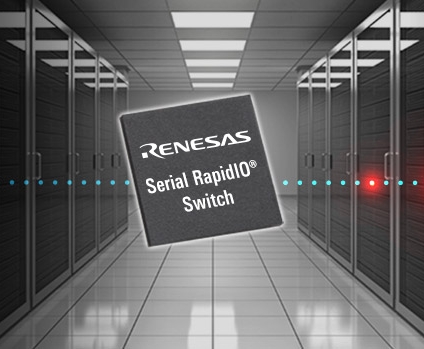画像

RenesasはRapidIO用、PCI Express(PCIe)用のインターコネクト・ソリューションで業界をリードするサプライヤです。防衛、航空宇宙、ビデオ、画像、無線といった分野のアプリケーション向けに、スイッチ、ブリッジ、IP(Intellectual Property)、開発プラットフォームなどの多様なポートフォリオを提供しています。
Tsi721は、PCIe Gen2とRapidIO Gen2との間のプロトコル変換を行うためのブリッジ・デバイスです。 この変換をハードウェア・ベースで行うというRenesas社のソリューションを具現化したものであり、PCIeからRapidIOへの変換、またはその逆の変換を行い、20Gbaudのフルライン・レートでのブリッジ処理を実現します。 Tsi721を使用すれば、設計者はPCIeに対応するマルチプロセッサのクラスタを使用しながら、RapidIOをベースとしたピア・ツー・ピアのネットワークの性能を活用可能なヘテロジニアス・システムを開発することができます。 Tsi721のフル・ライン・レートに対応するブロックDMAとメッセージング・エンジンを使用すれば、大量なデータを効率的に転送する必要がある処理を、プロセッサを使うことなく実行することが可能になります。
Description
Transcript